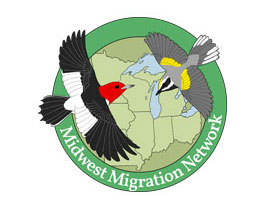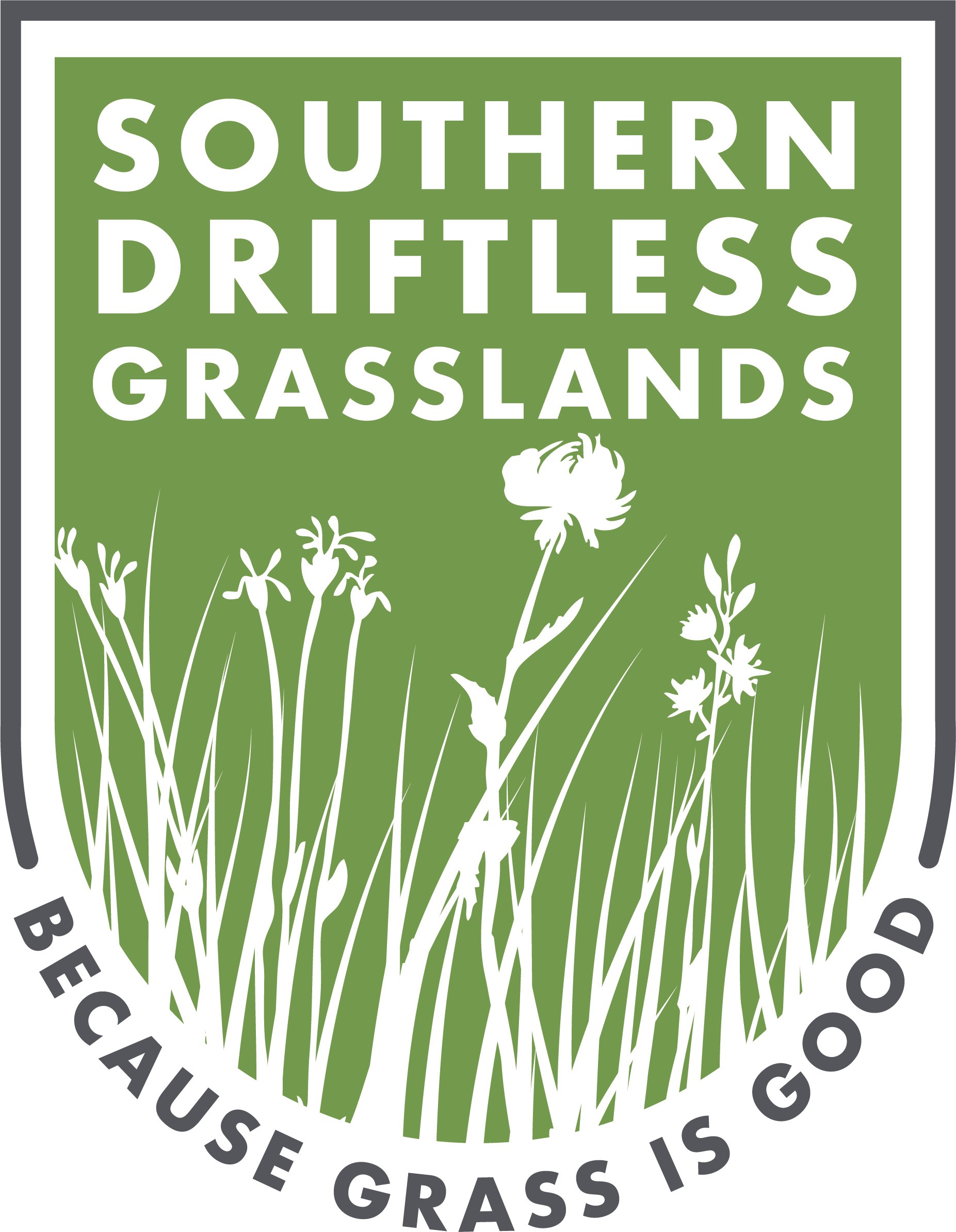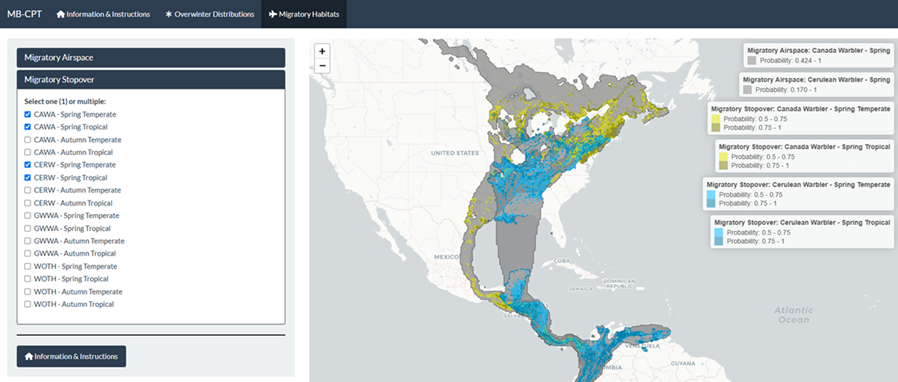Partnerships across the Joint Venture
Partnerships are the primary mechanism via which the Joint Venture is able to fulfill our mission of full spectrum bird habitat conservation. These partnerships provide the expertise, leadership, and creativity to translate research, monitoring, and planning on JV priorities into targeted habitat implementation. Existing partnerships within the JV region range from addressing specific habitat needs of imperiled bird species to landscape-level habitat programs benefitting groups of species. Listed below are some of the existing partnerships that are actively playing a role within the JV.
Conservation in Action
Since 2007, JV partners have restored or enhanced 1,378,500 acres across the region. Also during this time, 167,800 acres of bird habitat were protected.
Focal Species Working Groups
These working groups focus on conservation efforts on particular habitats and specific species that depend on these habitats.

Kirtland’s Warbler Conservation Team
This team’s mission is to steward the communication and cooperation among federal, state, non-governmental organizations, universities, and other partners to ensure the long-term sustainability of the Kirtland’s Warbler and its breeding, wintering, and migratory habitats (associated habitats). This is accomplished through the work of their Steering Committees, Subcommittees and Ad Hoc Working Groups, dedicated conservation partners and communities, committed individuals, and funding organizations.

Golden-winged Warbler Working Group
This working group is dedicated to understanding GWWA ecology and demography, as well as limiting factors, throughout the full annual cycle; applying and evaluating management and conservation strategies during during the breeding, migratory, and wintering periods; and sustaining a conservation network that is integrated with other landscape scale efforts and representative of the diversity of stakeholders, opportunities, and issues impacting the GWWA.
Conservation Delivery Networks
A Conservation Delivery Network is a coordinated effort by JV partners to deliver acres of on-the-ground habitat benefits, generally within a planned and targeted geographic boundary. These coordinated efforts result in leveraged resources and increased efficiency, plus improved awareness and broader support.

Northern Forest Birds Network
The Northern Forest Birds Network (NFBN) began as a working group within the Midwest Coordinated Bird Monitoring Partnership in 2013 and has since expanded its focus from coordinated monitoring and data management to integrating science-based needs of forest birds with land management activities. Our vision is to provide leadership and guidance in monitoring, research, and management actions to ensure thriving, diverse northern forest bird communities across the U.S. portion of the boreal hardwood transition zone.

Midwest Migration Network
Understanding how birds move through the region depends on a well-coordinated network of observers, researchers, and decision-makers to ensure that appropriate conservation actions are taken to effectively alleviate threats and enhance habitat at critical stopover sites. This Network exists to improve connectivity between these key stakeholders, primarily through our working groups: banding and ground surveys, radar and acoustics, telemetry, and Great Lakes wind-wildlife coalition.

The Southern Driftless Grasslands Network
The Southern Driftless Grasslands mission is to actively support the conservation of grasslands in Southwest Wisconsin to benefit the region’s wildlife, water, farms, and communities. We envision Southwestern Wisconsin to be a place rich with healthy grasslands, successful working farms, clear flowing streams, diverse wildlife, and people who value and enjoy this landscape.
Conservation Planning Tools
The JV Science team and partners support different bird conservation planning tools; whether it is a single species conservation, a complete biodiversity conservation strategy, or a plan that integrates other human needs and values to align with bird conservation.

The Migratory Bird- Conservation Planning Tool
The Migratory Bird – Conservation Planning Tool (MB-CPT) is a visualization and decision support tool meant to assist landowners, organizations, and agencies in making effective conservation decisions with limited resources. Created by Ryan Brodie, with assistance from Liam Berigan and Amber Roth, MB-CPT was developed at the University of Maine with funding from the USFWS Region 3 Migratory Bird Program. The spatial products focus on 4 Nearctic-Neotropical migratory bird species: Canada Warbler (Cardellina canadensis), Cerulean Warbler (Setophaga cerulea), Golden-winged Warbler (Vermivora chrysoptera), and Wood Thrush (Hylocichla mustelina). These products consist of current (2012 to 2021) overwinter distributions, future (2050) overwinter distributions under best- and worst-case climate scenarios, and migratory habitats (i.e., pathway and stopover). Please note that these products are subject to change at any time based on feedback from users and reviewers.
Questions, problems, and requests for information should be directed to Ryan Brodie at ryan.brodie56@gmail.com.

The Midwest Landscape Initiative
The Midwest Landscape Initiative (MLI) is a collaboration of Midwest Association of Fish and Wildlife Agencies member states, the US Fish and Wildlife Service, the US Forest Service, and the US Geological Survey to identify shared landscape-scale fish and wildlife conservation priorities and to work with others to develop and implement effective conservation solutions. The Midwest Conservation Blueprint is a basemap of priority lands and waters for conservation, reflecting a diverse set of 20+ social and environmental values.


